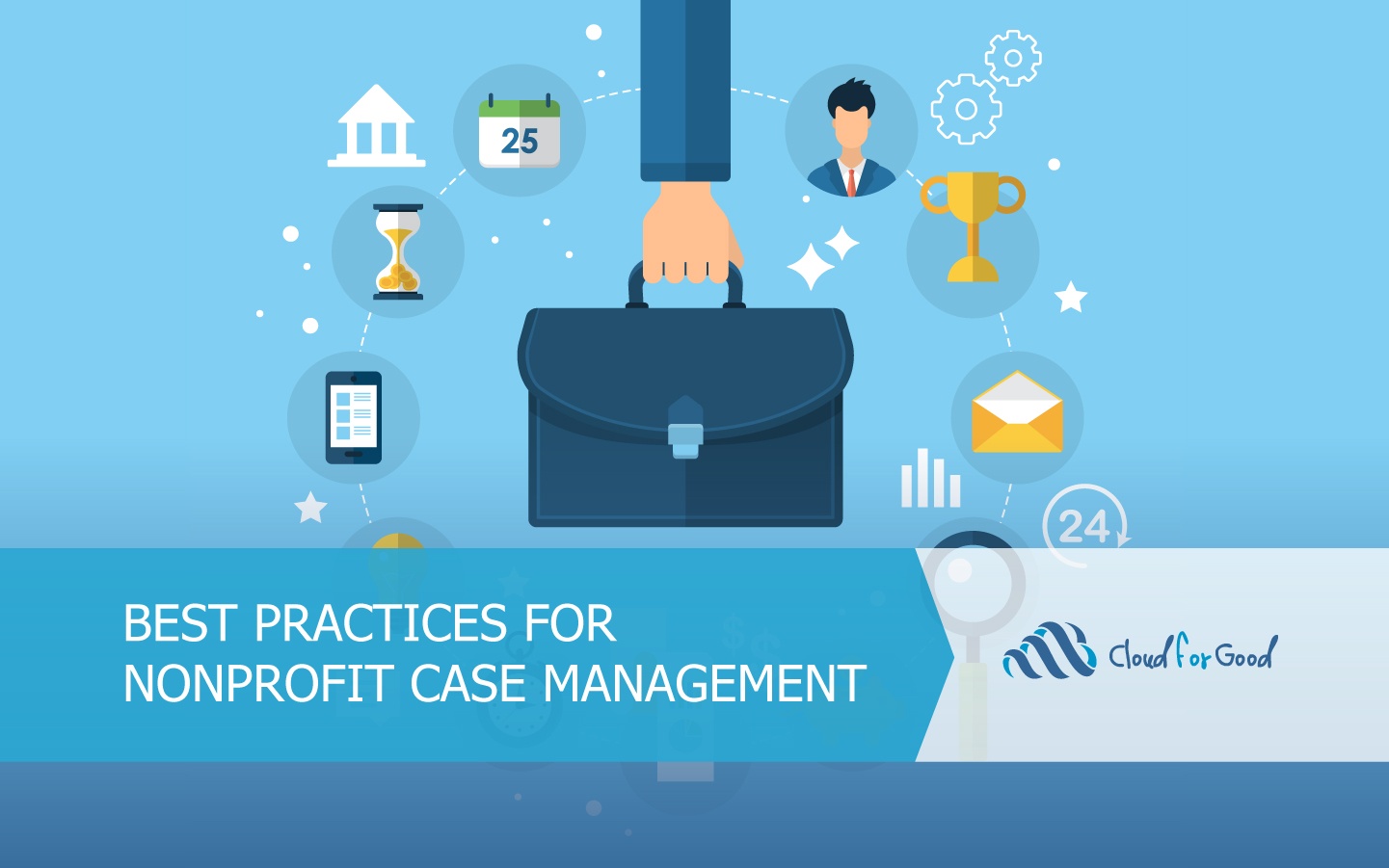In this age of digital customer service, companies have chosen to invest in customer success by crafting a high-standard customer experience that includes fast turnaround times and support across a myriad of channels. For many, the native Case Management functionality in Salesforce is the answer to the question on how to create scalable customer support. It includes the ability to create Cases through a variety of channels, including Email-to-Case, Web-to-Case, Communities, Chat, or manually by Service users taking phone calls or internally creating Cases for cross-department support.
Leveraging Salesforce’s many automation options makes it easy for Support and Service users to focus less on managing their customer support process and systems, and more on the quality of their customer interactions. For example, incoming Cases can be prioritized through assignment and escalation rules, assigned to defined queues or directly to users through round-robin Case distribution. So, what does Case management have to offer the connected nonprofit? Here are a few creative ways that nonprofits can use the power of Cases, and best practices for effective Case management.
Program Management
Case management isn’t just for corporate customer support scenarios.It can be used for a variety of use cases where there are a distinct beginning and end to a client interaction that needs to be supported by staff and processes.Think of a few common challenges nonprofit program managers face: Decentralized data that becomes prone to duplicate processes, outdated records, gaps in department communication or even limited reporting capabilities.
Nonprofits reach out to serve people in thousands of different ways through constituent-facing program management activities. Case management can benefit programs by:
- Streamlining processes
- Using automation to deliver more timely services
- Reducing paperwork by keeping important documentation centralized in a Case
- Giving program management staff a complete picture of all client communications
Housing providers, such as emergency shelters or transitional housing, often have client intake process that is paperwork dependent. Case management can be leveraged to assign daily client intakes to staff from start to finish, automatically assign tasks and follow-up dates, keep a clear record of all communications, and by collaborating with other departments transparently. Assigning Cases between colleagues at different steps of the intake process makes it clear who owns the next steps, and files can be uploaded to individual Cases to keep all necessary paperwork tidy and relevant.
A couple of other potential ways to use Cases to support program management:
- Fundraising and communication teams can closely track their donor or constituent inquiries
- Volunteer qualification and intake processes
- Requests for referrals to another agency or service
- Service delivery for human services requests, such as information on services, program application assistance, or requests for household items
Higher Education
Similar to the nonprofit use cases discussed above, Higher Education Admissions offices and Student Services can benefit from delivering their program management and human services through Case management. Students expect easy access to resources through student community portals and social media outreach in addition to email, phone, and in-person support. Enabling Cases can help staff better support students by giving them a 360-degree view of where the student is in the admissions process and what they need assistance with, engage them through their preferred communication channel or by easily sending them knowledge articles to quickly address common questions and help requests. Over time, Student Services and Admissions staff can use Case reports to evaluate what questions or issues students are reaching out the most frequently with and use that data to drive process improvement and to update self-service resources.
Best Practices
Case management can be as diverse and flexible as each organization that uses it, but planning on using it effectively takes some planning:
- Have a well-defined Case management process. Map out existing processes and evaluate how constituents and users currently interact with your systems, programs and services. What does a typical end-to-end interaction look like? What channels do they use, and what can cause bottlenecks or communication gaps during these interactions? What data do staff need to manage their interactions, and do they easily have access to that data today? Outlining your process flow will allow you to see what areas of your constituent interactions are working well, and what ones have areas of opportunity that could be improved.
- Leverage automation where possible. One of the main value additions of the Salesforce platform is that using automation to schedule Case assignment, auto-replies, set tasks or take care of common workflows frees staff up to spend more of their time where it matters; on delivering the human touch during their interactions while benefiting constituents with more timely, informed service.
- Meet your users where they need you most. Many organizations would like to offer support over more channels, but can’t because of limited staffing, decentralized data systems or scalability. With Service Cloud, Case management can support Email-to-Case, Web-to-Case, creating cases with chat or popular social media channels, and through Communities.
- Empower constituents with knowledge and the ease of self-service by setting up a knowledge base. Allowing staff or Program Managers to create Knowledge articles is an easy way to give both them and users access to the answers they need for frequent questions. Internal articles can be used to help staff keep up-to-date on important processes for handling client interactions, and external articles can be used to keep constituents informed and give them the option of self-service. Even better, reporting on articles that staff are most frequently attaching to Cases or sending to constituents can be used to identify gaps in documentation, trends in client needs, or what kind of tasks staff are spending most of their interactions addressing for proactive service improvement in the future.
- Make Case management user-friendly. Using the Service Cloud Console, customizing its components, tailoring Case layouts, and setting up Case queues and list views that your staff need is an easy way to increase user adoption and streamline their work.
- Go mobile. Salesforce1 removes the need to be tethered to your laptop to deliver quick service to your users. Mobile Case management means that staff can easily respond to interactions that are time-sensitive or high priority while they’re traveling or onsite at an event.
You might also enjoy reading:
- Vetting Your Business Processes
- LifeMoves Case Study: Case Management and Improved Client Communications
- The Connected Nonprofit





